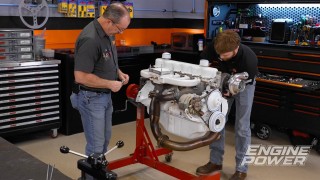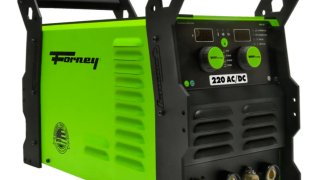
SCCA SPEC Mustang Part 1
Engine Power embarks on a new project for SCCA’s inaugural SPEC Mustang class. We’ll take a 2008 Mustang GT and begin getting it ready for this entry level, but competitive class.
Season 11
Episode 7
Hosts: Pat Topolinski, Frankie Forman
First Air Date: June 24, 2024
Duration: 21 minutes 27 seconds










































